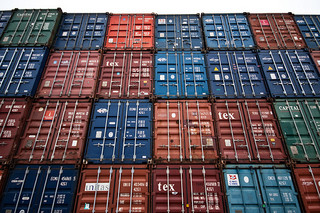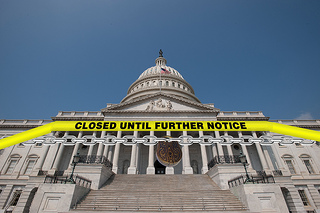China’s 4th Offer Still Unacceptable to Government Procurement Agreement Members

The biggest challenges that government procurement agencies face at any level are corruption and discrimination. On a global level, transparency and fairness standards are even harder to agree upon. The World Trade Organization created the first Agreement on Government Procurement in 1981 to make a set of globally accepted rules for international procurement.
This article is for Premium Members only. Please login below to read the rest of this article.
Not a Premium Member yet? Become one today.
[login_form redirect=’https://www.procurementbulletin.com/chinas-4th-offer-still-unacceptable-to-government-procurement-agreement-members/’]
[show_to accesslevel=’Premium Members’]
About the GPA
The first Agreement on Government Procurement only covered central government activities involving goods, not services. In 1994, WTO members renegotiated the agreement to include local government and public entities, along with public sector service procurement. This version of the GPA entered into practice in 1996 and was formally adopted as policy in 2012. Forty-two countries now trade under this agreement, with another 22 WTO members who have observer status, including China.
China’s Role in World Trade
China is a key player in global commerce and is one of the world’s largest exporters, but public procurement wasn’t introduced until 1996. China spends about $1.3 trillion per year on government procurement of public goods and services. Open procurement on a global platform would benefit the rest of the world as well as China, allowing government agencies to spend taxpayer money more responsibly and creating opportunities for private companies.
China and the GPA
Despite the benefits that China’s accession to the GPA would bring to the global economy as a whole, 8 years have passed since China’s first attempt to join and they’re still trying. The problem is that local-level agencies control 93% of government procurement spending in China, with state-owned entities having priority on new contracts. These states and provinces can open their contracts to the rest of the world, but most are not coming forward until the central government sets requirements.
According to a statement made by the EU Chamber of Commerce, “Just eight provincial level regions are covered by the GPA offer and none at the sub-provincial level.” This is China’s fourth offer and is an improvement over previous attempts, but other GPA members are not satisfied. According to the EU Chamber, “Total coverage of the third revised GPA offer likely covers just 2 to 3 percent of China’s total public procurement marketplace.”
If China is serious about joining the GPA, they will have to overcome several issues. China is the first large developing country to apply for membership, but the country is making progress toward global government procurement.
[/show_to]






